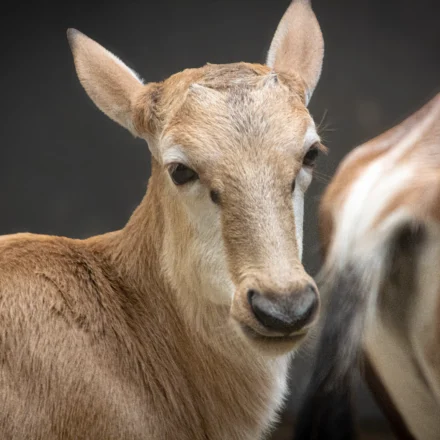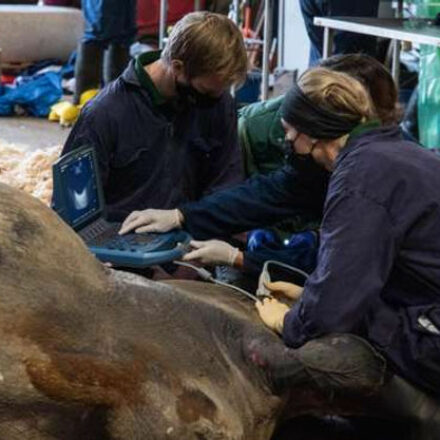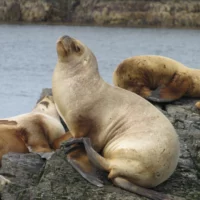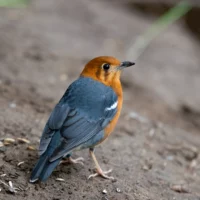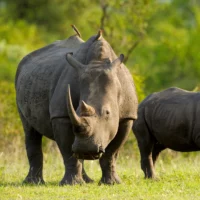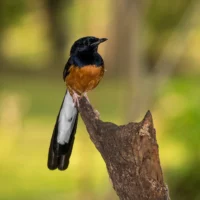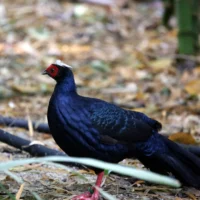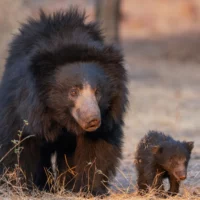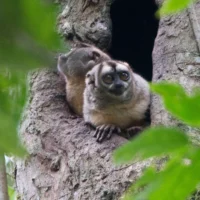A letter from our Chief Operations Officer, Debbie Rolmanis
Nature silently supports every aspect of our global economy and public health yet remains one of the most underfunded and undervalued players in the fight against climate change and ecological breakdown. Currently, conservation relies predominantly upon charitable organisations, passionate volunteers, and occasional support from governments. But the scale of today’s challenges demands more.
Businesses and governments have a critical role to play in safeguarding our shared future. Natural services underpin economic development but are rarely valued in financial markets. Protecting nature now requires global collaboration across all sectors—alongside innovation and a broader mindset about how and where funding is directed.
The carbon conversation continues to thrive, and successfully attracts significant investment and market-driven incentives. It has been commodified—bought, sold, offset, and traded—as if it exists in isolation from the broader environmental crisis. This narrow focus risks turning the pursuit of ‘net-zero’ into a convenient smokescreen, allowing companies and countries to claim progress while overlooking the interconnected challenges of biodiversity loss, ecosystem degradation, and long-term sustainability.
Carbon is a critical character in the climate narrative, but it does not operate in isolation. It is enmeshed within the broader story of our ecosystems— such as forests, oceans and soils —that collectively underpin climate stability and global economic resilience. Focusing solely on carbon, without recognising the value of the natural systems that store, regulate, and depend on it, presents a one-dimensional view of a multi-dimensional challenge. For long-term returns, both environmental and financial, investment strategies must consider the full picture. True sustainability lies not just in carbon reduction, but in restoring and protecting the ecosystems that make climate stability possible.
The environment needs long-term, patient capital, scaled in a way that aligns with nature restoration. Yet, biodiversity and species survival still rely heavily on philanthropic funding; and we know that morality alone isn’t enough to drive change at scale.
We must create financial mechanisms that make wildlife protection an undeniable part of the economic system, because biodiversity and nature as a whole boasts some powerful statistics:
Now is the time for bold leadership, cross-sector collaboration, and financial innovation that values nature sufficiently to give it a permanent spot in the ‘essential expenditure’ column.
Change is happening, we must choose to not let it be catastrophic.

